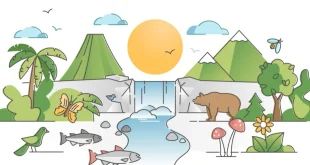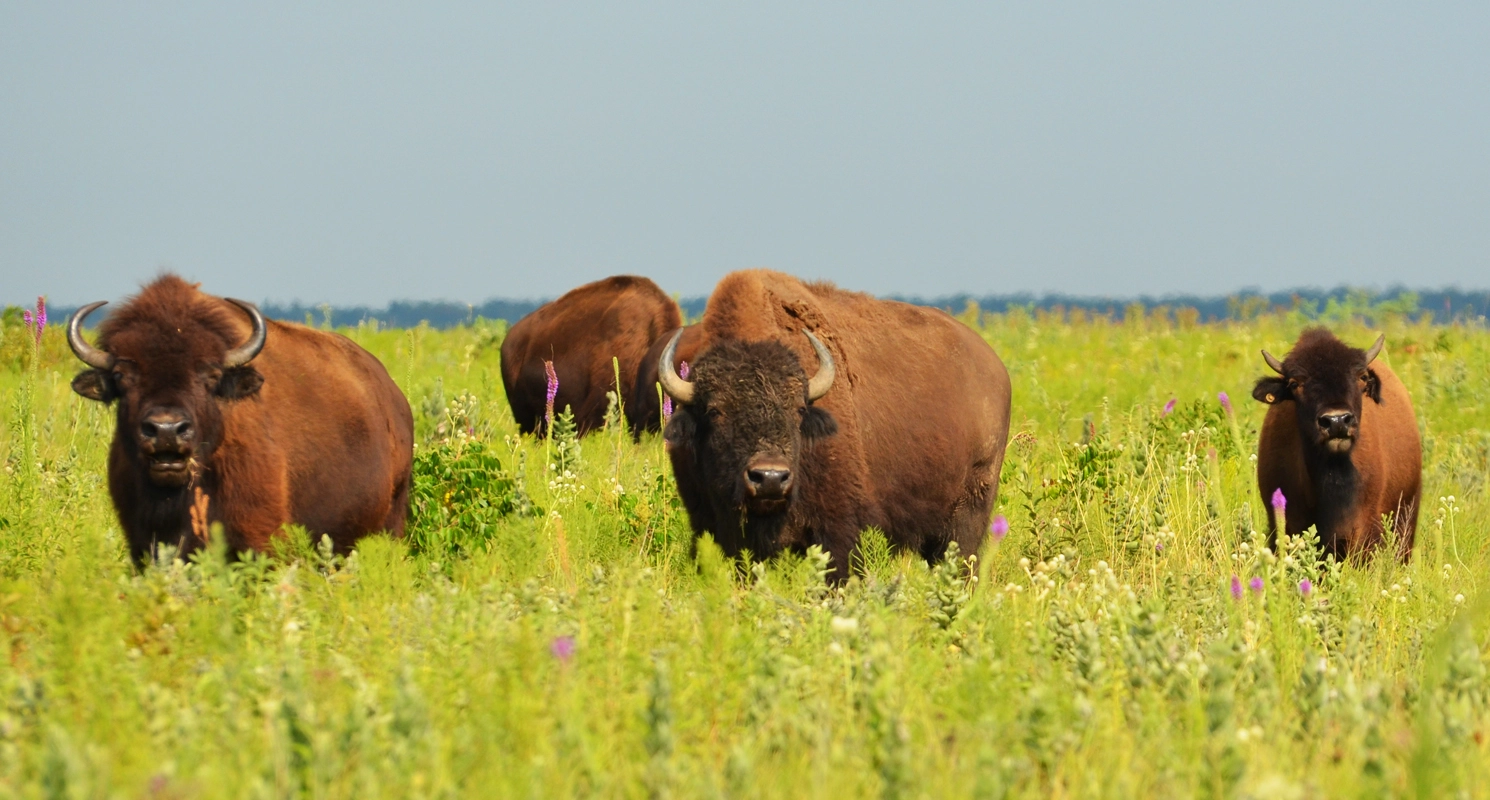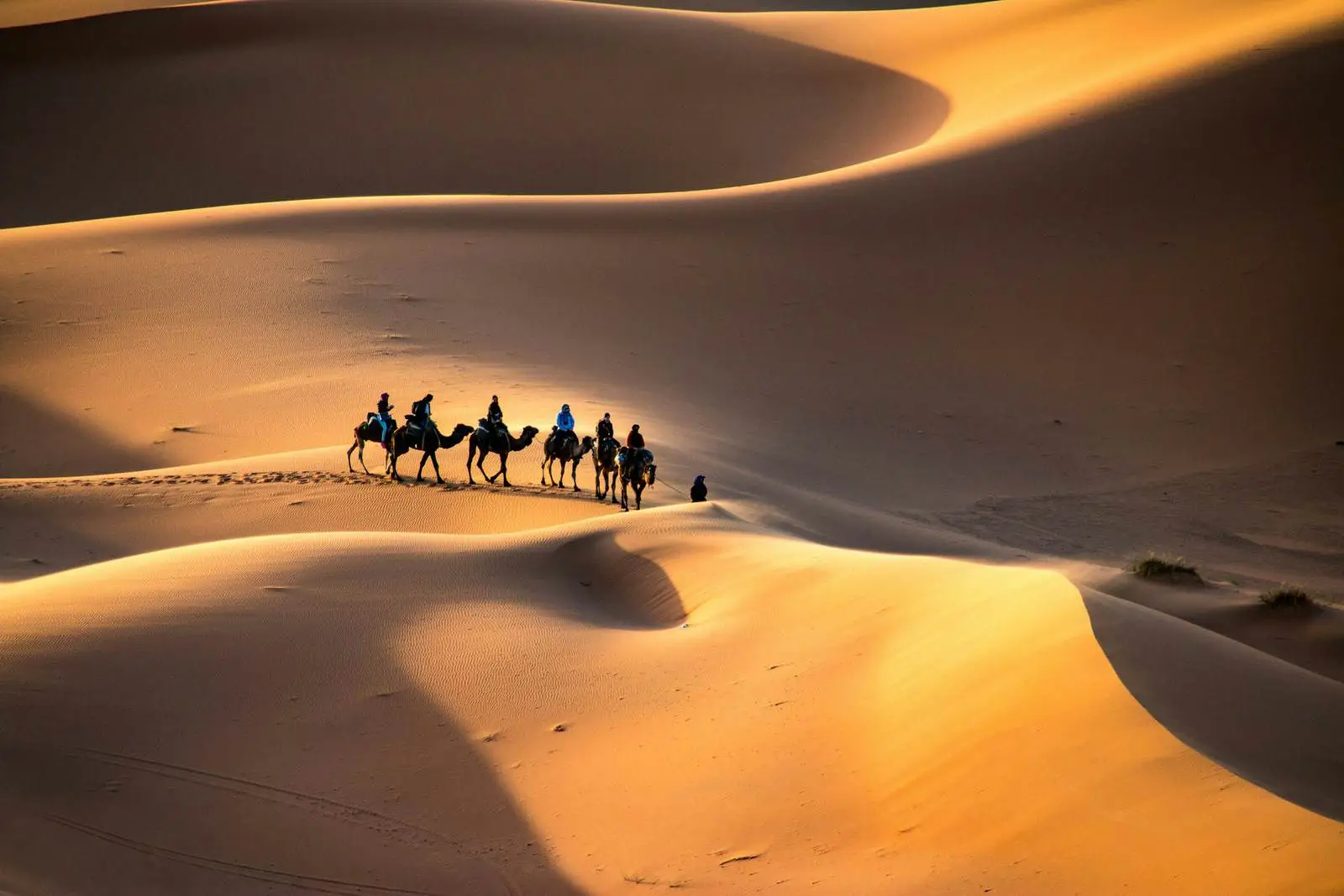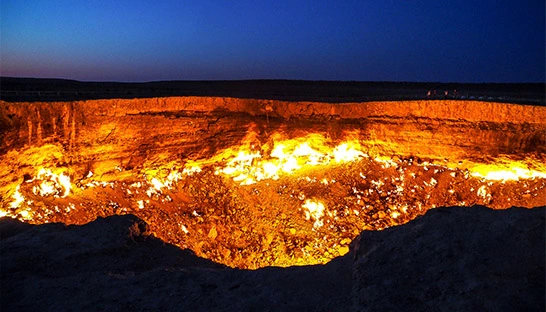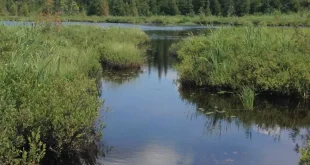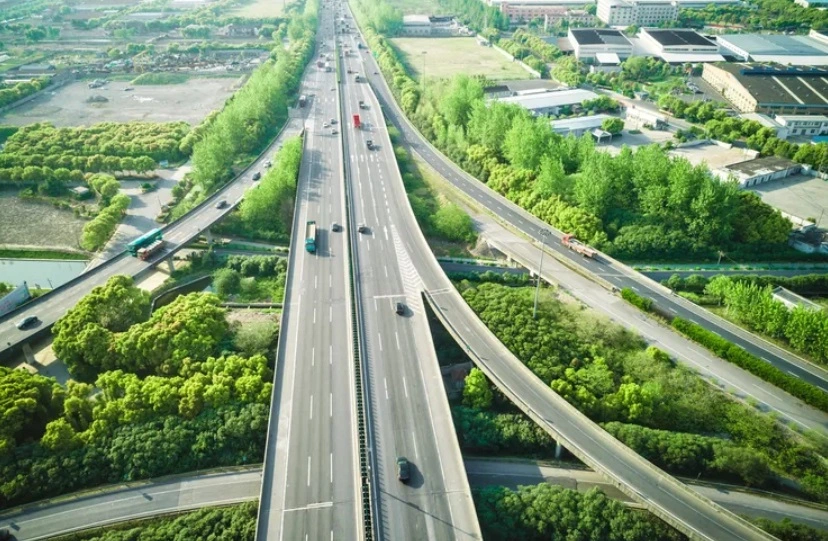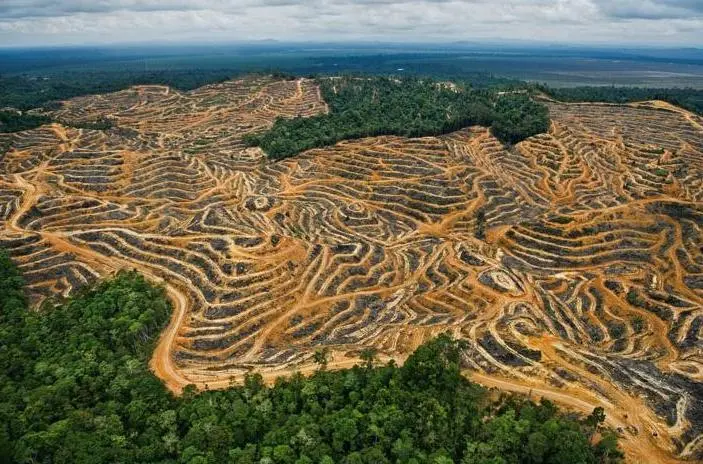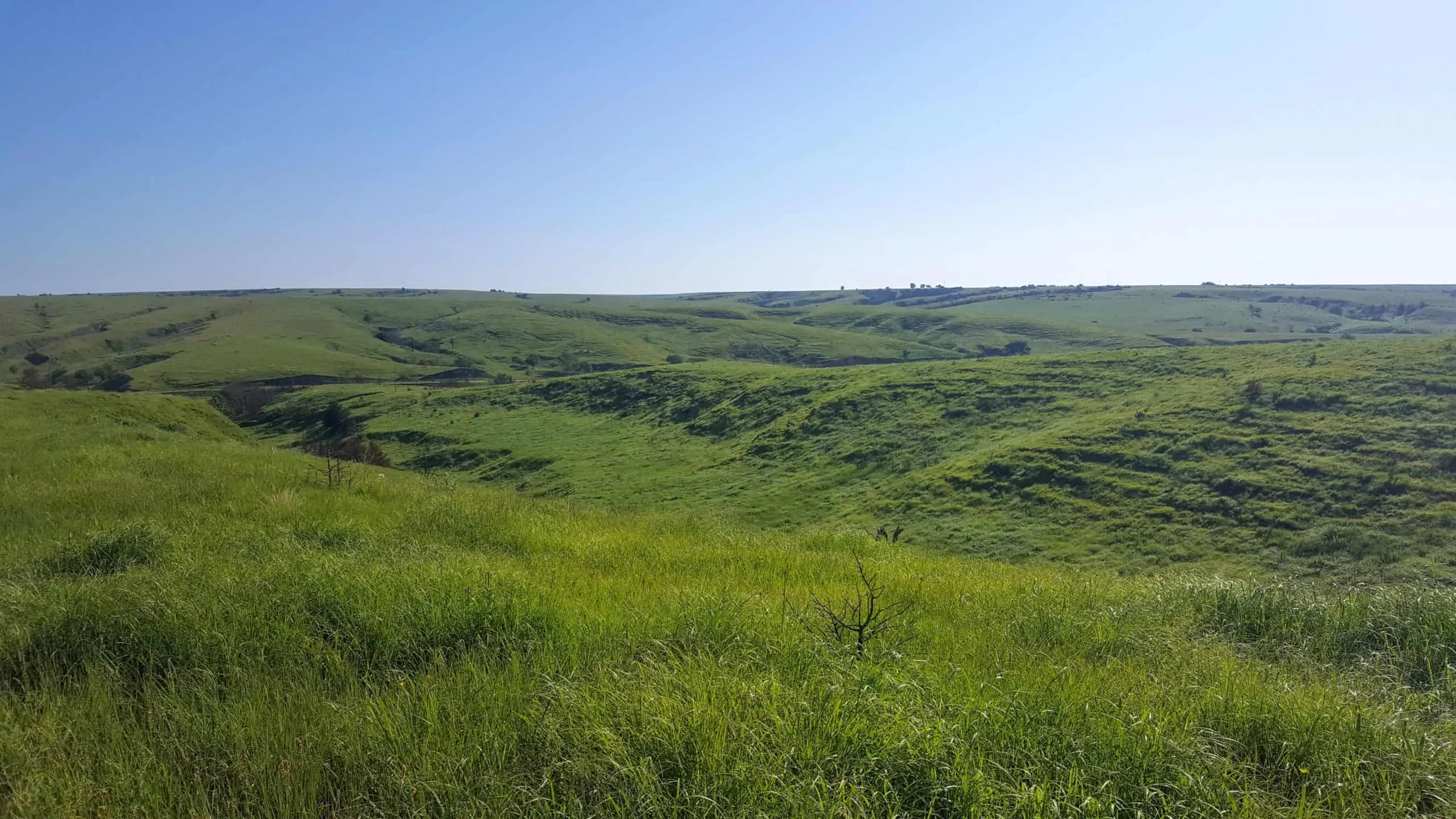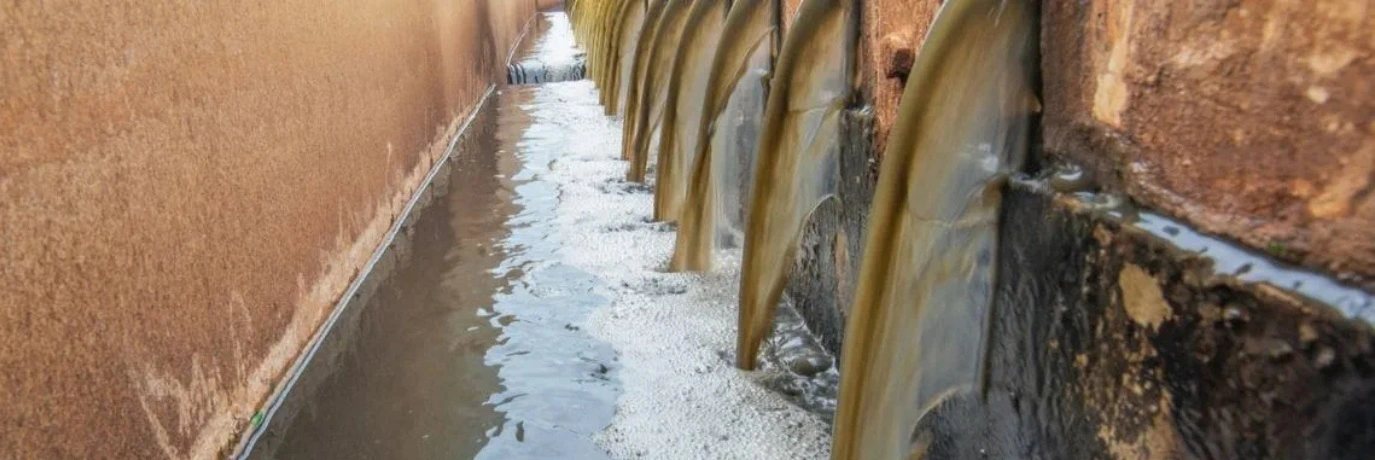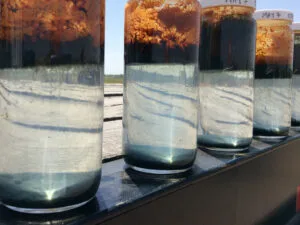Overview Species have and unavoidably do move around the globe raising complex questions about what is native or non-native. Commonly, there is confusion over the beginning of wildlife, both plants and animals. Classifying species is an obliging way to explain exactly what role any animal has in an ecosystem or its distribution around our planet. Here is the geographical Classification …
Read More »Climate Change and Environment
Fascinating Facts About Rangelands You Need to Know
Rangelands Rangelands are a lively landscape, comprised of many resources, which produce many products. The rangeland landscape and its properties are constantly being adapted by a collection of non-human forces, including fire, climate, grazing, or weather. Humans also adjust rangelands directly through development projects such as mining, energy, transportation, communications infrastructure, and recreation. People also affect the other forces of …
Read More »Desert Ecosystem: Major Components and Importance of Desert Ecosystem
Overview All deserts are indeed dry, it is not necessary to have to be hot. Some cold deserts are also present, and a perfect example in point is Asia’s Gobi Desert. But then, irrespective of the region and whether it falls in the hot or cold category, all deserts are usually cold at night and receive very little precipitation. However, despite …
Read More »Methane Super Emitters: A Closer Look
Overview In 2022 more than 1,000 emitting sites gushed the strong greenhouse gas methane into the global atmosphere, mostly from oil and gas facilities. The worst single leak discharged pollution at a rate equal to 67m running cars. Studies also reveal 55 methane bombs around the world, fossil fuel extraction sites where gas leaks alone would release it at levels …
Read More »Wetlands Wonders: A Closer Look at Their Unique Types and Importance
Introduction Wetlands, typically land areas drenched with water all year or seasonally, cover themselves with water and a variety of aquatic and terrestrial plants. They are well-known for their rich and diverse ecosystems, distinct from those of waterways or dry land. As a direct result of this rich ecosystem, wetlands are significant to the world because they are the homes …
Read More »Noise Pollution in Cities: Using Trees as a Natural Defense
Overview We live in a noisy world not-so-quietly, and much of the noise pollution is caused by man. Mining, Industries, household tasks, and traffic barrage of high pitches. Noise is now understood as a factor in a range of health issues, including cardiac diseases. The concept of noise pollution and its effect is unknown or limited to humans. In reality, that’s …
Read More »Habitat Fragmentation: Causes, Effects, and Solutions
One of the main issues affecting ecosystems globally is habitat fragmentation, which is the division of large and interconnected habitats into smaller, separate regions. Human activities such as deforestation, urbanization, infrastructural development, and agricultural growth are the main drivers of habitat fragmentation. Habitat Fragmentation When areas of habitat are wiped out, smaller and disconnected regions remain behind, causing habitat fragmentation. While natural events …
Read More »Grassland: A Comprehensive Guide to the 2 Major types of Grasslands
Grassland Grasslands are areas where grasses dominate over trees or large shrubs. Mountains rose in the western side of North America during the Pliocene and Miocene Epochs, which ended about 25 million years ago and created a continental climate suitable for Grasslands. Ancient forests declined, and Grasslands flourished. Following the Pleistocene Ice Ages, Grasslands spread across the world as drier …
Read More »What is Wastewater? 3 Principal Wastewater Treatment Techniques, Advantages and Disadvantages
Overview It is significant to remember that wastewater is what goes down the pipe and that wastewater management includes its effects and infrastructural requirements. One needs to think of itself as managing: The total negative impacts of all wastewater in the surrounding catchment on public health and natural systems and processes. The physical systems such as infrastructure that channel some …
Read More »Exploring the Feasibility of Produced Water Reuse: 4 Significant steps to Rapidly Evaluate
What is Produced Water Produced water is a type of water that proceeds to the surface as wastewater during oil and gas production. The water characteristically consists of hydrocarbons from the deposit as well as naturally occurring toxic materials such as radium and arsenic, salts, and chemical extracts injected into the well to smooth extraction. These additives include cancer-causing agents …
Read More » The Climent Respect your roots, Protect your planet
The Climent Respect your roots, Protect your planet
